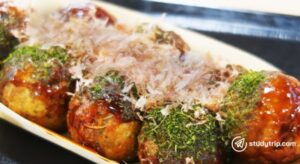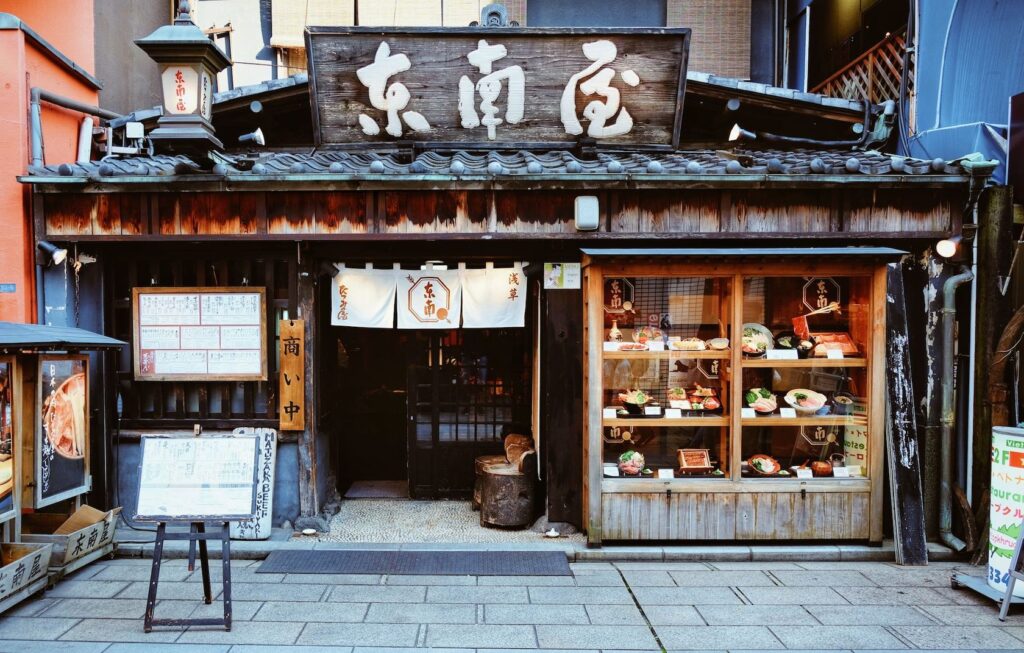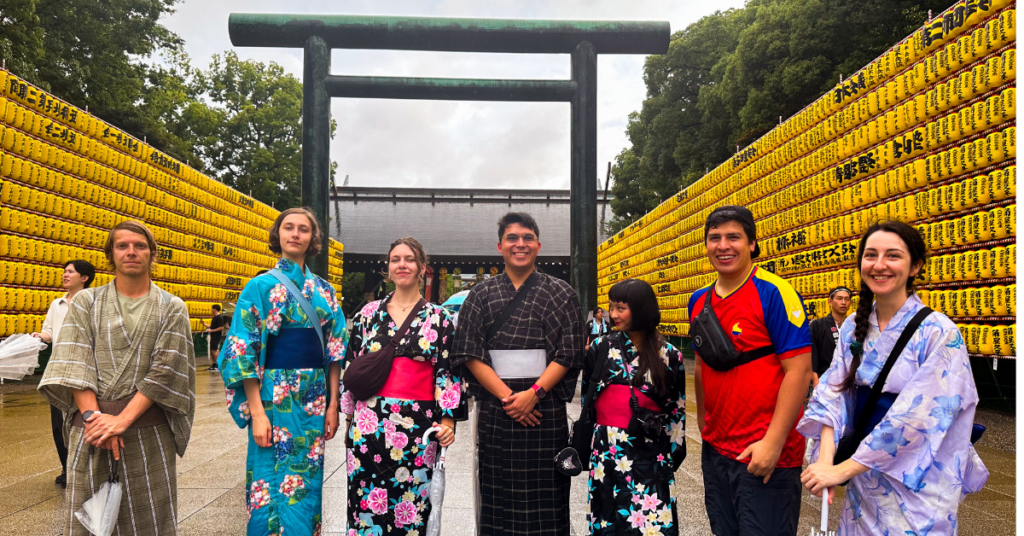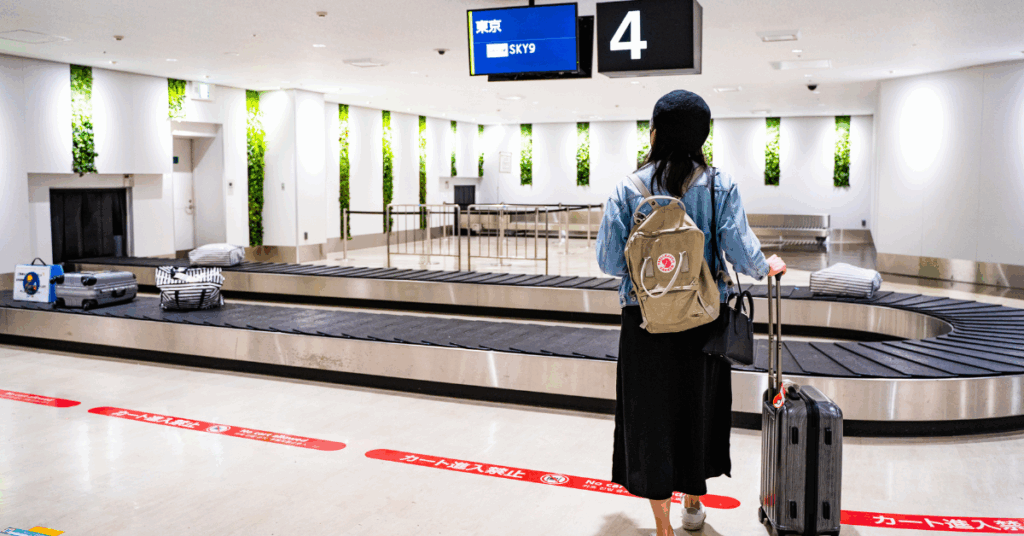Japanese Foods for Study Abroad Students: From Sushi to Yakitori
Japanese cuisine is more than just delicious—it’s a gateway to understanding culture, customs, and regional diversity. For educators planning a study abroad trip, food is one of the most accessible and engaging ways for students to connect with Japan. From traditional meals to hands-on cooking experiences, exploring Japanese food helps students build cultural awareness, practice language skills, and create lasting memories as a group. While many associate Japanese cuisine only with sushi, there’s a whole world of flavors and traditions to discover. From sushi to street snacks, these must-try Japanese foods for study abroad students create lasting memories and meaningful engagement with local culture.

Sushi and Sashimi: Japan’s Iconic Dishes That Go Beyond the Basics
A classic and well-known Japanese food for study abroad students is, of course, sushi. For many students and visitors outside of Japan, these two often get confused. Sushi has a vinegared rice base and can be accompanied by seafood or vegetables. There are many different varieties, and it doesn’t need to be wrapped in seaweed or contain raw fish, although many types do. Sashimi, on the other hand, is simply raw fish or meat sliced into thin pieces. Both are delicious, served in small portions, and offer students a great opportunity to try a variety of flavors during their time in Japan.
Sushi and sashimi are one of the best Japanese foods for study abroad students to offer insight into Japanese aesthetics, seasonality, and food etiquette. Visits to sushi-making workshops or local markets make for engaging, hands-on group experiences.
Okonomiyaki: Savoury Pancakes That Are Fun to Make and Share
This is best described as a mixed savoury pancake, and it’s a fun dish for students to try. Like pancakes, you can choose whatever toppings you like. In fact, the name okonomiyaki comes from the words meaning “what you like” and “cooked.” Made from a savoury batter, the one consistent ingredient is chopped cabbage. It’s almost always topped with a sweet okonomiyaki sauce, Japanese mayo, bonito flakes, aonori, and pickled ginger. Other ingredients can include thin pork belly, octopus, prawns, vegetables — whatever you like.
There are two main styles: Osaka-style, where everything is mixed together, and Hiroshima-style, which is layered and often includes a fried noodle base. Often cooked at the table, okonomiyaki is a highly interactive meal that encourages student participation and teamwork. It’s a great way to introduce regional flavors and the “make-your-own” spirit of Kansai cuisine.

Takoyaki: A Hands-On Street Food Experience from Osaka
An Osaka specialty, takoyaki are fried balls of batter with a piece of octopus in the middle. They’re quick and easy to make and are a popular choice for street food across Japan. Be careful though — they’re served very hot and can surprise first-time eaters! Like okonomiyaki, they’re usually topped with a savoury sauce, Japanese mayo, bonito flakes, and aonori.
Trying or even making takoyaki connects students to Japan’s vibrant street food culture. It’s a fun, and casual Japanese food for study abroad students that’s perfect for breaking the ice and fostering group bonding.
Yakitori: Skewered Favorites Perfect for Casual Group Dining
Yakitori refers to grilled, skewered chicken, a popular and approachable dish that makes use of nearly every part of the bird. While traditionally chicken-based, yakitori menus often include a variety of other skewered meats, vegetables, and side dishes, making it easy to accommodate different tastes and dietary needs.
This flexible, shareable meal is ideal for student groups. Enjoying yakitori in a casual izakaya offers students a window into everyday Japanese dining culture, from how meals are ordered and shared to the pace and style of local conversation.

Ramen, Udon, and Soba: Slurp-Worthy Noodles for Every Taste
Noodles are such an important part of Japanese cuisine that each type really deserves its own article. The best-known varieties are ramen, udon, and soba, each with unique qualities and traditional ways to enjoy them. In Japan, slurping noodles isn’t just accepted; it’s encouraged. It is believed to enhance the flavor and show appreciation for the meal, making it a fun and culturally immersive detail for students to learn (and try!) during their study abroad experience.
Ramen
Ramen is famous worldwide. It features Chinese-style wheat noodles served in a flavorful broth, often miso or soy-based, and topped with ingredients like soft-boiled egg, sliced pork, nori, and scallions. Different regions of Japan have their own special variations with unique toppings and broths, all worth trying during a study trip.
Udon
Udon are thick wheat noodles served in a simple broth. While similar to ramen, udon toppings tend to be simpler. Curry udon is a popular choice, and udon is often paired with tempura for added texture and flavor.
Soba
Soba are thin noodles made from buckwheat. They can be served hot in broth or cold with a dipping sauce, making soba a refreshing light meal, especially on hot summer days.
These staple noodle dishes reflect Japan’s regional diversity and are one of the Japanese foods for study abroad students that are easily adapted for dietary needs. Group visits to ramen shops or soba-making classes add depth to cultural learning while keeping students engaged.

Matcha: A Cultural Ritual in Every Cup
Not technically a food, but now more of a food category, matcha is a finely ground powder made from green tea leaves. Traditionally, it’s prepared as a tea and plays a central role in the Japanese tea ceremony. Over the past few years, lower-grade matcha powders have been used in a wide range of drinks and sweet treats across Japan.
Thanks to its vibrant green color, matcha adds visual flair to many desserts, from ice cream and cakes to soba noodles, making it an exciting element for students to discover on their study abroad trip to Japan.
For educators planning study abroad trips, introducing students to matcha is a chance to explore both cultural traditions and more modern food trends. Experiencing matcha through a tea ceremony or workshop allows students to explore Japanese values like mindfulness, hospitality, and tradition. It’s a calm, reflective break during a busy itinerary.
Encouraging these kinds of hands-on culinary experiences can make your student study abroad program in Japan even more memorable.
Enriching Study Abroad Through Food
Sharing Japanese cuisine with students adds an unforgettable layer of meaning to their study abroad experience. Whether it’s a guided food tour, a cooking class, or an informal ramen stop, food creates a connection to the culture, to each other, and to the moment.
Ready to start planning your study trip to Japan and discover more Japanese foods for study abroad students? Our team can help create an immersive, curriculum-aligned itinerary tailored to your group’s goals, with plenty of chances to taste, learn, and connect through food. Get in touch today to start designing your Japanese food adventure.





